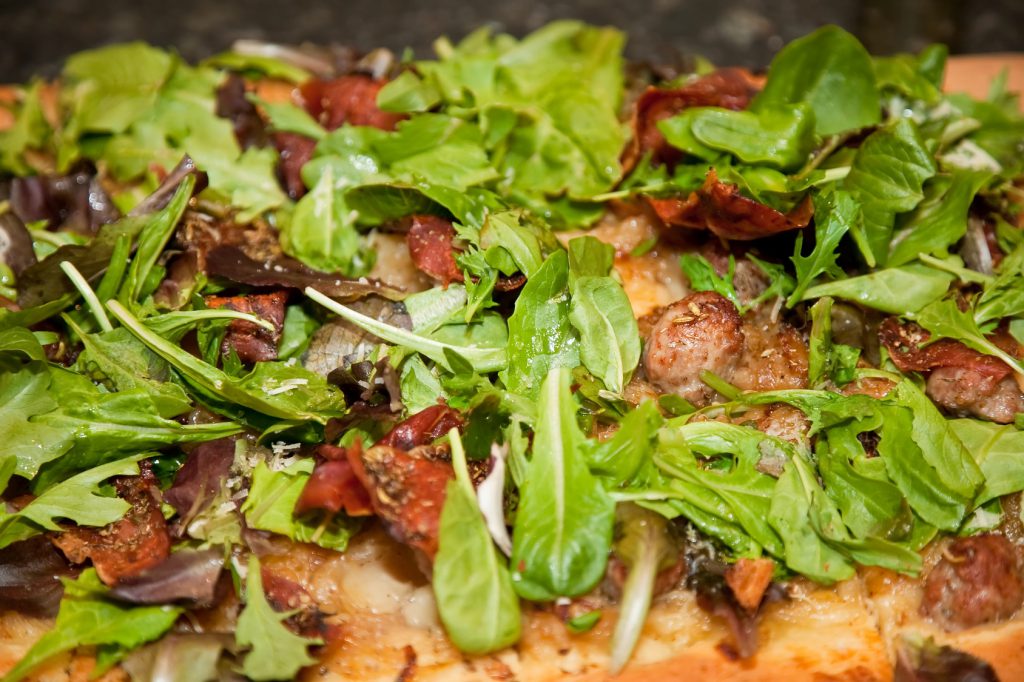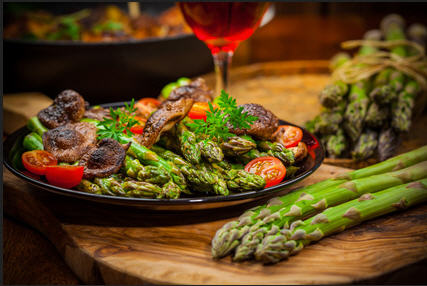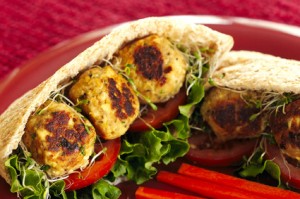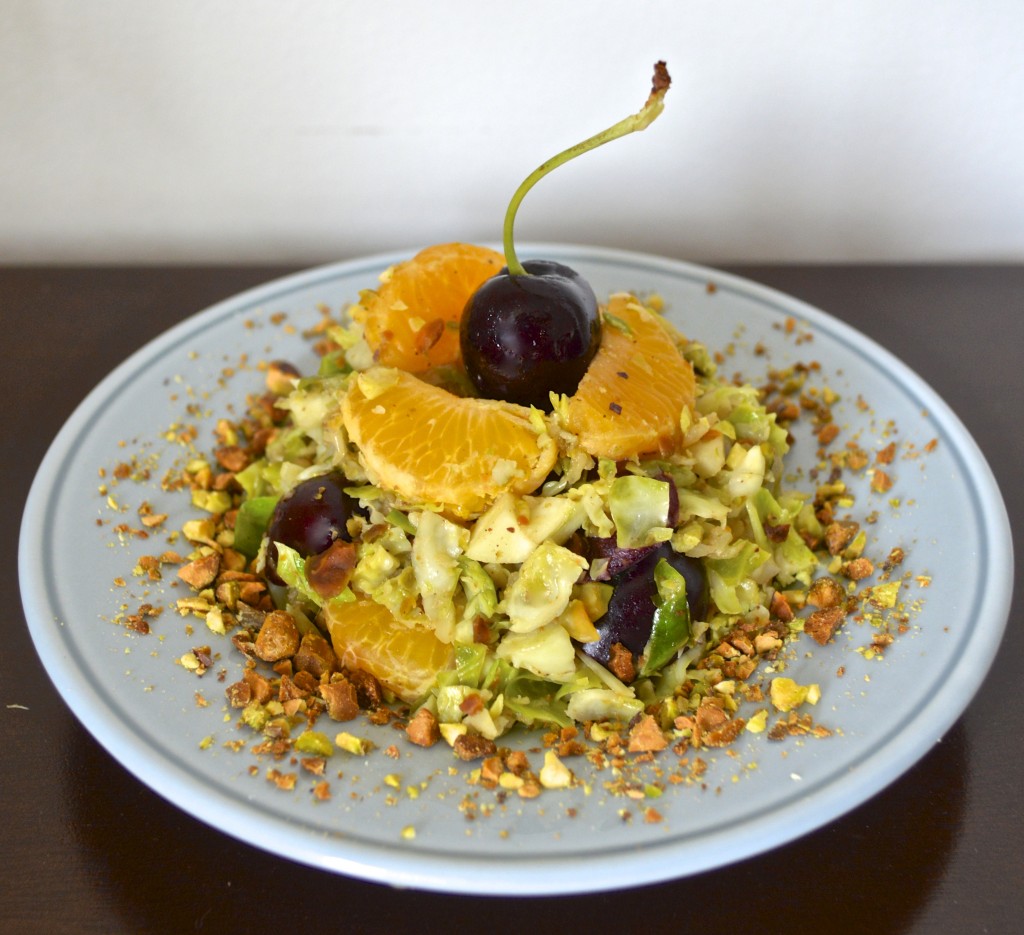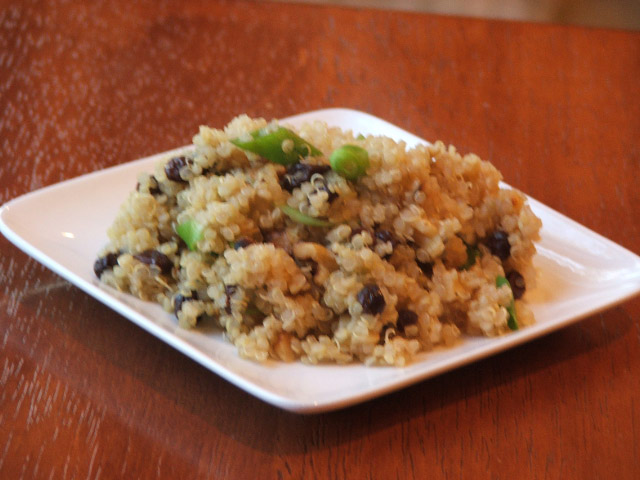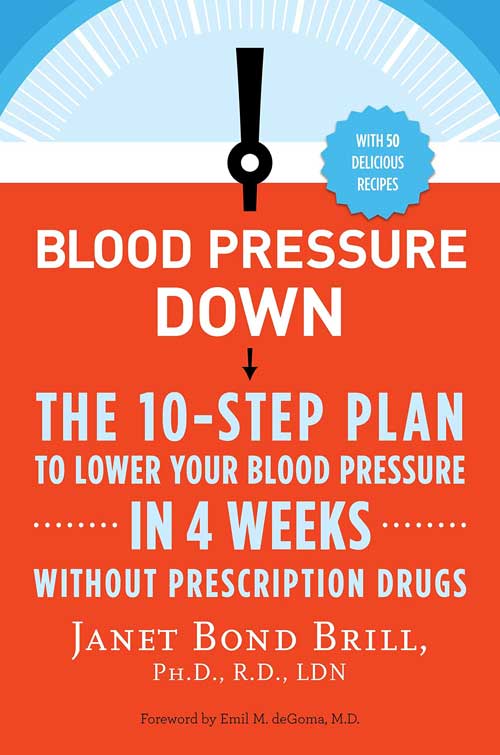By
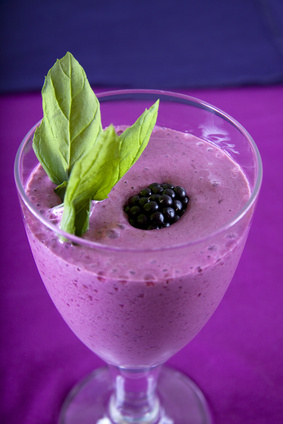
Believe it or not, concurrent with the epidemic of childhood obesity lurks a silent health problem that has fallen beneath the public radar–the problem of underweight and/or malnourished American children. When kids have fallen off the growth curve (assessed by a pediatrician) it”‘s time to intervene with nutrition therapy.

The problem is that kids are not eating enough calories to promote growth and development. To remedy the situation, underweight children need to eat more calories than they expend derived from a nutritious, balanced, variety of foods. Gaining weight healthfully is actually trickier than you might think.
The object is to make the weight gain mostly lean body mass (muscle) and not much body fat. You can accomplish this by taking in more calories than you burn, in addition to partaking in at least 60 minutes/day of exercise.
The best way is to gradually increase the child”‘s consumption of healthy, energy-dense foods. Keep in mind that you can boost caloric intake healthfully without having to purchase expensive supplements–it just takes a little planning.
What”‘s more, children tend to have a problem getting in enough protein (iron), calcium/vitamin D, omega-3 fat and vitamins and minerals found in fruits and veggies (notoriously low in the diet of American children–fiber, vitamin C, potassium, folic acid, etc.).
Parents need be especially attuned to increasing intake of higher-calorie (but still healthy) food sources of these nutrients. To learn more about which foods are highest in “nutrient density,” you can access the USDA MyPlate.gov site.
Here are some other suggestions for getting in extra calories:
* Choose larger portions of healthy food sources: peanut butter or other types of nut butters (a great higher-calorie source of protein and nutrients), low-fat dairy such as yogurt and cottage cheese, nuts and lean cuts of chicken, turkey and fish, such as salmon and tuna.
* Choose higher-calorie 100% juices more often, such as cranberry and pomegranate juice, as opposed to drinking calorie-free beverages like water or diet soda.
* Choose a higher-calorie whole-grain cereal such as Post Grape-Nuts (208 calories in ½ cup serving) versus a low-calorie refined-grain cereal such as Kellogg’s Special K (only 117 calories in an entire cup).
* Add generous amounts of healthy fats like olive and canola oil into your child”‘s day
* Add in a few high calorie snacks throughout the day such as a nutritious shakes or smoothie made with real fruit, fat-free milk, sugar and some added non fat dry milk and even peanut butter and ground flax seeds to boost calories and nutrient density. Commercial shakes are OK in a pinch but it is always better to make your own so you control the ingredients and additives.
* Make sure children eat three meals a day, plus get in those higher-calorie snacks and the children should be on their way to putting on some extra weight the healthy way! Children need to eat healthy food – and enough of it – to grow and develop.
Caveat: Eating disorders are serious medical problems that often present clinically as a severely underweight child or adolescent. Eating disorders are mental health diagnoses that require treatment by a mental health professional as treatment requires far more than just increasing calorie intake.
Treatment usually takes a multi-disciplinary approach which involves psychotherapy, nutrition education, family counseling, medications and potentially hospitalization.
Jason”‘s Blueberry Smoothie
Getting a ten-year-old to eat (drink) a fiber-packed fruit, milk and a heart-healthy omega-3-rich food, is no easy feat. This smoothie is named after my son who is not a big fan of any of these foods, but drinks this shake down every time!
Yield: 2 servings (serving size: approximately 2 cups)
1 cup fat-free milk
1 packet chocolate-flavored instant breakfast
1 cup frozen blueberries (unsweetened)
1 cup frozen sliced peaches (unsweetened)
1 tablespoon peanut butter
½ ripe banana
1 tablespoon ground flax seeds
In a blender combine all ingredients to desired consistency. Pour into glasses and serve.
Nutritional Information Per Serving (approximately 14 fluid ounces):
Calories: 300,
Fat: 8 g,
Cholesterol: 0 mg,
Sodium: 170 mg,
Carbohydrate: 48 g,
Dietary Fiber: 6 g,
Sugars: 36 g,
Protein: 12 g
________________________________________________________________________
Vanilla Soy Smoothie with Flaxseeds
Yield: 1 serving (serving size: ~ 13 ounce smoothie)
8 ounces of vanilla soy milk
2 tablespoons ground flaxseeds
½ cup frozen peaches (no added sugar)
2 tablespoons sugar
Add all ingredients into a blender and process until smooth.
Nutritional Information per Serving (~ 13 fluid ounces):
Calories: 285,
Fat: 8 g,
Cholesterol: 0 mg,
Sodium: 100 mg,
Carbohydrate: 50 g,
Dietary Fiber: 5 g,
Sugars: 28 g,
Protein: 7 g
___________________________________________________________________
Blood Pressure Down: The 10-Step Plan to Lower Your Blood Pressure in 4 Weeks–Without Prescription Drugs
 In fact, the ingredients used in the shakes such as low-fat dairy such as yogurt and bananas also help lower blood pressure which many people suffer from nowadays.
In fact, the ingredients used in the shakes such as low-fat dairy such as yogurt and bananas also help lower blood pressure which many people suffer from nowadays.
The Blood Pressure Down plan is both thorough and accessible. It includes:
“¢ Convenient checklists
“¢ Charts
“¢ Meal plans
“¢ Over fifty delicious heart-healthy recipes
Recipe Sources: An excerpt from the book Cholesterol Down by Janet Bond Brill, Ph.D., R.D., LDN; Published by Three Rivers Press; December 2006;$13.95US/$17.95CAN; 978-0-307-33911-9 Copyright © 2006 Janet Brill, Ph.D. To learn more about this book please visit DrJanet.com.

